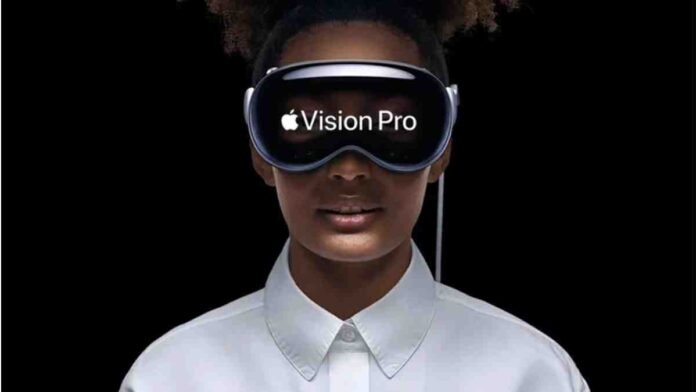According to reports, Apple is developing several wearable devices designed for head-wearing. A market expert claims that up to seven smart glasses and extended reality (XR) headsets are being developed across two product categories, with release dates known for roughly five of them. The first will be an Apple Vision Pro with an M5 processor, which might be unveiled as early as Q3 2025. The Cupertino-based tech giant is also developing a smart glass rival to the Ray-Ban Meta Glasses.
Apple Vision Series
Ming-Chi Kuo, an analyst at TF International Securities, stated in a blog post that Apple intends to release the upcoming version of the Apple Vision Pro, which the M5 chipset will power. In the first year, the Cupertino-based company anticipates shipping between 150,000 and 200,000 devices, with mass production set for Q3 2025.
With the possible exception of the SoC, which could be upgraded from M2 to M5, the majority of the specifications are expected to stay the same. According to Kuo, Vision Pro will continue to be a specialized product with an emphasis on XR applications, ecosystem development, and component inventory reduction.
The Vision Air is reportedly the second product in the Apple Vision series. According to the expert, it will be put into mass production using a flagship iPhone CPU in Q3 2027. According to reports, the XR headset features a new physical design element. With Apple substituting plastic for glass and using a magnesium alloy, the device might weigh up to 40% less than the Vision Pro.
The current XR headset retails for $3,499 (about Rs. 2,99,000), while the Apple Vision Air may be “much” less expensive. According to earlier estimates, the Vision Air costs between $1,500 (about Rs. 125,900) and $2,000 (about Rs. 167,900).
Apple Smart Glasses
Apple is expected to expand its wearables portfolio in the coming years, starting with a smart glass rival to the Ray-Ban Meta Glasses. According to Kuo, a variety of frame and temple material options will be available for this device. It is anticipated to provide gesture recognition and voice control for UI navigation.
The Apple smart glass may not have display functionality similar to the Ray-Ban Meta Glasses. Alternatively, they might use cameras, video recording, audio playback, and AI-based environmental sensing. Three to five million Apple smart glasses are expected to be shipped in the first year of mass production, which is scheduled to start in the second quarter of 2027. According to Kuo, the smart glass market has the “highest near-term growth potential” and is capable of displacing TWS and smartphone cameras.
Apple is also working on a different kind of XR glasses, which might start to be produced in large quantities in the second half of 2028. These glasses are said to feature gesture detection and voice control, similar to the Ray-Ban Meta rival. However, the business will also provide customers with a supporting color screen and a Liquid Crystal on Silicon (LCoS) display with a waveguide. It is claimed that this product’s core capability is AI.
Another version of the XR glasses, with reduced visibility and a later production schedule, is also being developed, according to Kuo.
The final product that Apple is developing is a display accessory that, when connected, may show material from other devices, such as the iPhone. It may feature both electrochromic dimming and birdbath optics. Due to “insufficient competitive advantage,” the product has been delayed since Q4 2024, despite its initial mass production schedule of Q2 2026. According to reports, the Cupertino-based tech behemoth is considering both the need for standards and its repositioning.




